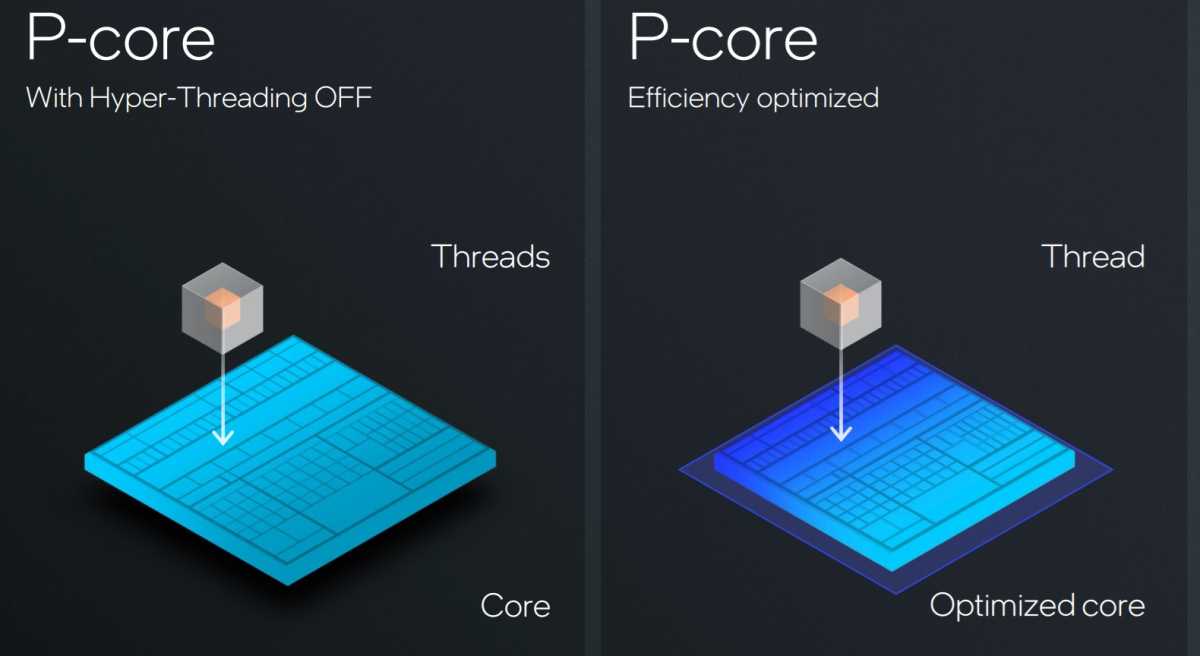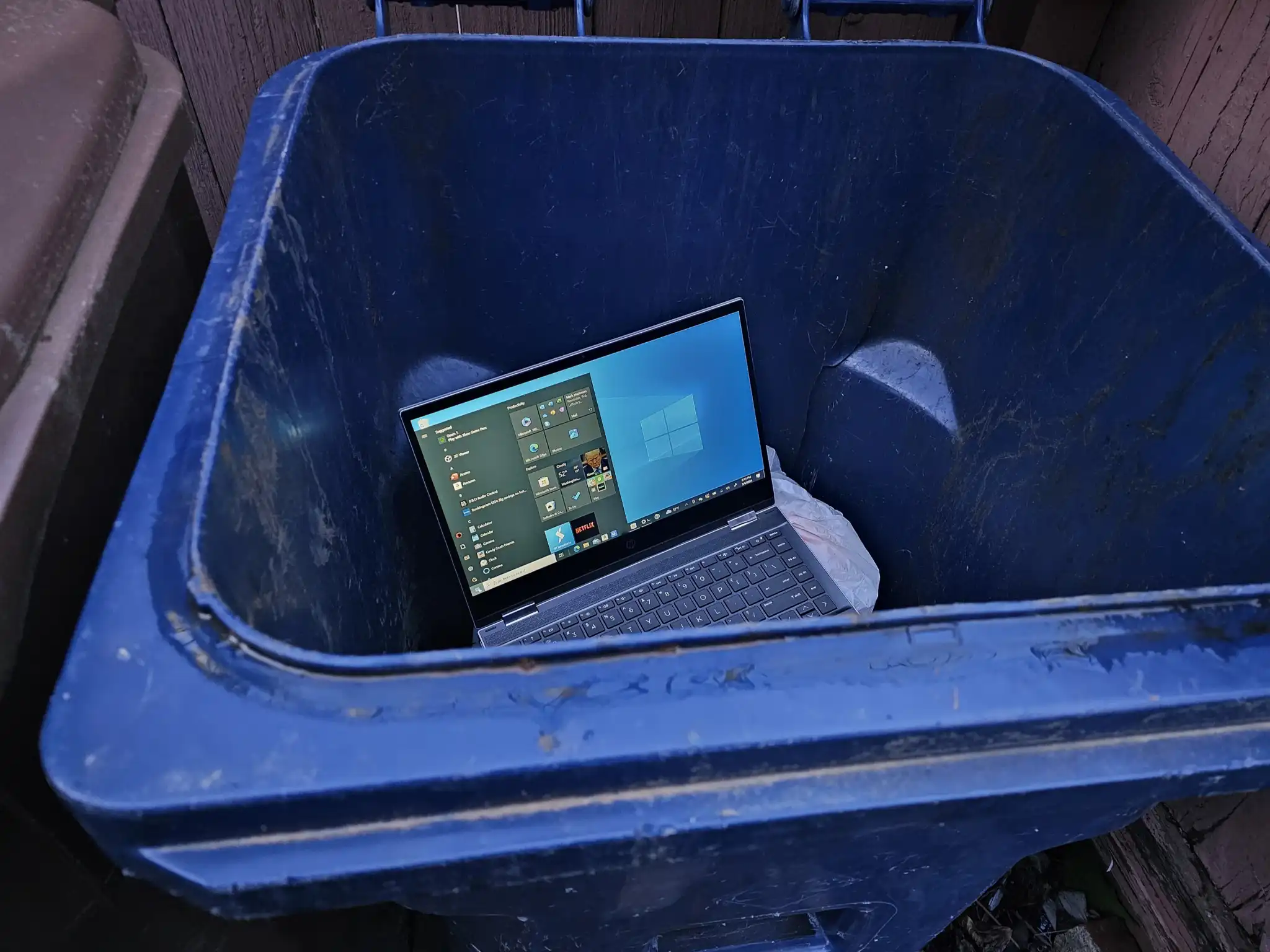Intel executives say hyperthreading just adds a power and space penalty it didn’t want with Arrow Lake.
Intel’s latest Arrow Lake processor for desktop PCs fuses its “Meteor Lake” and “Lunar Lake” architectures together, carrying over Meteor Lake’s NPU and Lunar Lake’s abandonment of hyperthreading. Yes, hyperthreading has been banned from Intel’s desktop chips, based on a similar rationale for excluding the feature from Lunar Lake.
Intel launched Arrow Lake, also known as its Core Ultra 200S processor lineup, on Thursday. The chip is Intel’s first “disaggregated” desktop processor, built on tiles, meaning each part of the chip is individually fabricated on a different process. In a twist, Intel unveiled a deep dive into the architecture of Lunar Lake and the models, prices, and performance of the Core Ultra 200S processor. A key omission? Hyperthreading, which also was not part of Intel’s Lunar Lake mobile processor.
The story of Arrow Lake is a simple one: More performance and yet substantially less power than the 14th-generation Core chips. And to get there, Intel executives said they applied the same thinking to both Lunar Lake and its next-gen desktop counterpart: Make its cores as efficient as possible, both for power and for space.
What is hyperthreading?
Hyperthreading (also known as simultaneous multi-threading) is a fairly simple concept: While each processor core is designed to execute one instruction thread, hyperthreading creates a second “virtual” processor inside the single processor core. With hyperthreading, the idea is that the individual processor core is always executing instructions on at least one of the two cores, keeping it in operation the whole time. The last thing enthusiasts want is a CPU core sitting idle when it could be performing useful work.

The problem is that the second core is a virtual core, and not a “true” second physical core. That can lead to some contention of resources and additional overhead, enough that the question of whether to leave hyperthreading on or off while gaming has been a source of debate for years.
Intel, meanwhile, has gone back and forth on the feature: Some of Intel’s 9th-, 10th-, and 11th-gen Core processors have excluded hyperthreading, such as the Core i7-9700K, and Intel’s Atom chips never used it. Most of Intel’s Core chips do, however. AMD has pretty consistently used hyperthreading, however, and still does. The question has always been: Does hyperthreading deliver a performance increase that surpasses the toll it takes in terms of system latency, the controller die cost, and the power hyperthreading consumes?
In Lunar Lake, the answer was “no,” and that has carried over to Intel’s latest desktop chips, too. In part, that’s because Arrow Lake cribs heavily from Lunar Lake, with the same Lion Cove performance cores and the same Skymont efficiency cores that appear in Lunar Lake.
Robert Hallock, a vice president and general manager of client AI and technical marketing for Intel, said that Intel basically comes out ahead in terms of power and performance by not using hyperthreading. Arrow Lake includes both desktop and mobile processors, and Hallock was being asked about the desktop implementation of hyperthreading. But it sounds like Hallock’s response applies to both desktop and mobile chips.
“It’s a combination of a couple things, actually,” Hallock told reporters. “First, we knew that we can actually save the wattage for hyperthreading by not including it on the product, and you see that we’re still coming out net ahead by roughly 15, 20 percent in [multicore performance] without it. So we’re able to bump up efficiency and still hit our goals in overall compute performance.
“The other thing that I would say is, you know, these are the same designs as leveraged from Lunar Lake,” Hallock added. “We took those cores, those designs, and were able to immediately integrate them because of [Intel’s] Foveros [technology]. So that’s the kind of one-two punch that influenced our decision: speed to market and maximizing performance per watt.”
Will hyperthreading ever return? It’s possible it could. But it would have to justify itself in terms of performance, power, and die space, and it appears right now that it isn’t making the cut.




